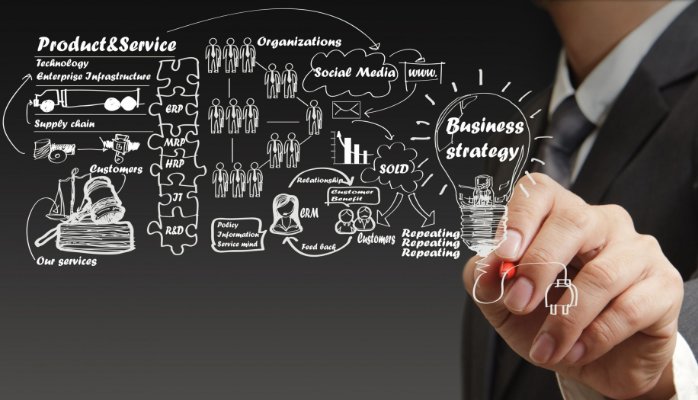Business Process Management (BPM) has always been about improving process and operational excellence, while pursuing the highest level of cost efficiency. However, in today’s corporate climate, BPM is helping organizations to fulfil more specific business needs, such as workforce optimization, improving customer retention, and maintaining regulatory compliance.

The benefits of BPM
The development of business process management software has enabled companies to significantly improve performance in many areas by using technology to maximize business efficiency. With a range of impressive tools, a company can evaluate all areas of performance, and develop strategies to increase productivity.
Create a communicative environment
By centrally locating the performance evaluation data with an online framework, business managers can more easily communicate business strategies, and create measurable targets for their employees that will support the overall company objectives. This allows for greater visibility, which helps employees see the bigger picture, and better understand how an individual’s goals fit into the company’s long-term targets.
A virtual connection for all employees
Technology enables the workforce to communicate in real time, giving them instant access to relevant data, which is essential for sales and service staff, who can access all customer communication across a variety of platforms. This can be achieved using a mobile device, which is invaluable when an employee is in the field.
Improve employee motivation
Using BPM, a manager can evaluate staff performance, which enables an employee to understand how best they can improve their performance. This also enables a manager to recognize outstanding performance, which leads to rewards, which in turn motivates the worker.
Analyze performance
Today’s business management software provides advanced reporting and business analysis capability to help a manager gain a better understanding of business performance, customer preferences, and market trends. This data can be effectively used to set or redesign strategies.
The components of a BPM package
There are four main components in a typical BPM suite, which are,
- Process engine – This is a platform for modeling and executing process-based applications.
- Business analytics – This enables managers to identify business issues, trends, and opportunities.
- Content management – This provides a system for storing and securing electronic documents, images and other data.
- Collaboration tools – Remove communication barriers by creating discussion forums, dynamic workspaces, and message boards.
Sales and marketing
BPM software can provide valuable analytical data, which enables the sales force to redesign marketing systems that will not only improve their performance, but also enhances the customer’s experience. Customer retention can be increased by analyzing sales information and redefining practices.
Cloud computing BPM
This entails delivering the BPM tools as software services over a network. All of the business data resides in cloud storage, which enables geographical mobility and instant access. Cloud BPM also eliminates the need for expensive in-house IT staff, and allows employees to focus on the organization’s main goals.
User-friendly interface
Today’s business management software incorporates a more user-friendly interface, which means a lower skill level for the user. This keeps costs down, as there is very little training required for employees.



